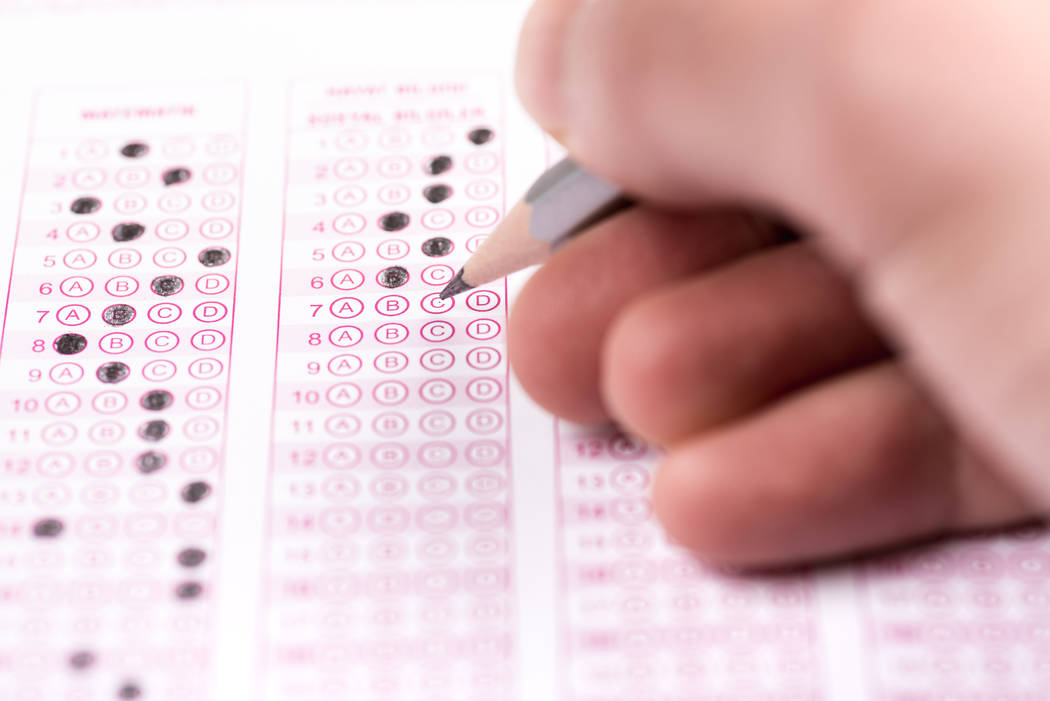There’s more to Nevada’s low ACT scores
The Review-Journal’s July 2 editorial, “Results again lacking,” is deserving of a response.
I taught high school math for 25 years, the last seven of my career teaching Advance Placement statistics, a rigorous and demanding course of study. Some schools in nearby communities had prerequisites to take AP stat; I didn’t. Why? Because I felt that a student having exposure to the material would be better off than not having the experience.
As a result, I had classes with extremely motivated students as well as students who were, let’s say, not as motivated. When my exam results came in, I was not surprised to find my average score was a 2.1 or so; far from the 3, 4 or 5 that students needed to possibly gain college credit. What is my point?
If I had restricted entry to the class, my “results” would have been much more impressive to those who yearly reviewed my performance. But then some students would have missed out on the opportunity to gain some statistical knowledge.
The same analogy can be made for having every junior take the ACT. When an entire population is required to take the exam, why would you expect a different outcome? If you do the same thing the same way for three years, you shouldn’t be surprised at the same results. The scores aren’t stagnant. The scores are telling us something about what we are offering our students.
Instead of trying to fit all juniors into the same mold, let’s give them what they really need for today’s and future employment environments.
Let’s look at these results as an opportunity to give our students what they really need, not what some think they need. Maybe then the Review-Journal editorial writers will finally stop looking to find blame.






















